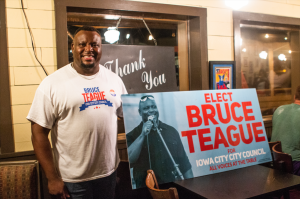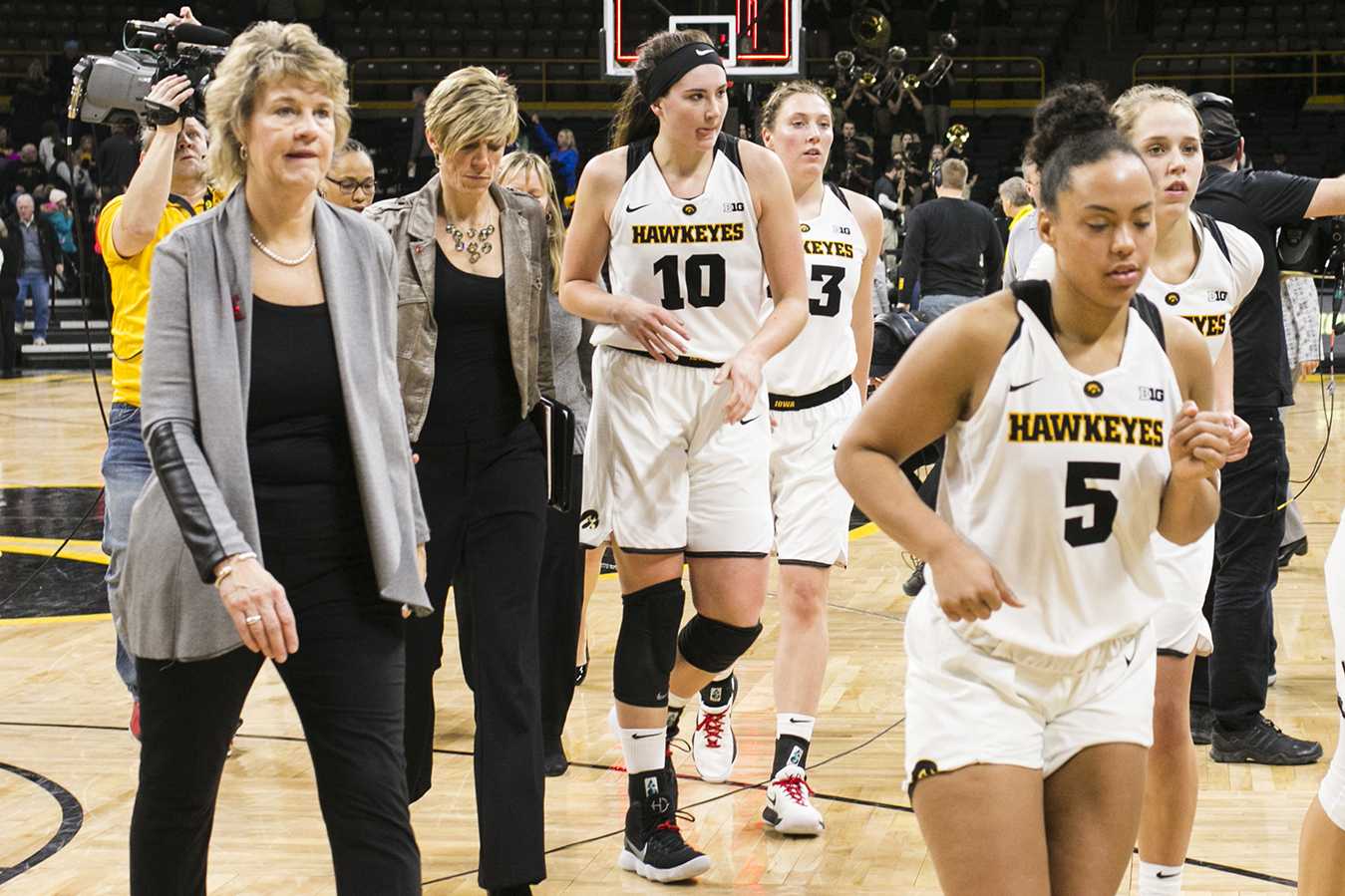Rosario: Average Iowans with left-leaning views are not coastal elites
Divisive geographical rhetoric from the 2016 presidential election continues to muddy political discourse.
September 30, 2018
An interesting criticism I’ve received when talking about immigration or racial justice is that I’m a coastal elite or out of touch with “real Americans.”
As a college student, I’m admittedly privileged. But my access to education doesn’t seem to be at the root of these comments — I was born and raised in Iowa, after all. Rather, there’s a reflex to conflate left-leaning views with coastal elitism or assume people with those views align themselves with uppity politicians. Most importantly, as a woman of color and daughter of immigrants, there’s a suggestion that I’m not a “real American.”
The 2016 presidential election further stoked the dichotomy of “real Americans” in the Midwest and “elites” on the coasts. The implication was that “real Americans” are white and native-born. In an article for The Guardian, contributor Richard Longworth said Midwestern voters liked Donald Trump because he echoed their anger toward elites, trade, and immigrants. And the now-canceled 2018 revival of “Roseanne” — in which the titular character initially fears her Muslim neighbors — was praised for its “authentic Midwestern feel.”
RELATED: Rosario: Yes, the ‘liberal media’ is a real problem
But people of color live in the Midwest, too — more than 15 million, according to census data. And most didn’t vote for Trump’s championing of so-called flyover states. In Iowa, 54 percent of white voters voted for Trump, while just 25 percent of non-white voters did.
Now, I’m as tired as anyone of talking about the 2016 election. But nearly two years later, it seems like this middle America vs. coasts rhetoric hasn’t changed, and we haven’t thought more complexly about Midwestern voters of color. National media tend to focus only on the white working class when reporting about the Midwest. This only contributes to an inaccurate narrative.
It’s unfair to lump Midwestern people of color who vote Democrat with coastal elitists if they happen to lean left. In Iowa, immigrants — most from Mexico, China, India, and Vietnam — span the education spectrum. One in four have a college degree or more education, while nearly one-third have less than a high-school diploma, according to the 2015 American Community Survey. Nearly 30,000 work in manufacturing.
RELATED: Guest column: Advice for Iowa’s GOP leaders
I do think there’s an elitism problem in the Democratic Party. But I also think any discussion of race or immigration is wrongly combined with this elitism. It’s much easier to say that the Democratic Party’s focus on identity politics is coastal elitism under the myth that people of color and immigrants only live on the coasts. Perhaps this contention can be better understood through the makeup of our leaders. A quote from NPR’s “The United States of Anxiety: Culture Wars” particularly struck me:
“Nearly nine out of 10 House Republicans today are white men, while six out of 10 House Democrats are women or people of color. So, the bitter partisan divide that we talk about now? It can also be understood as a divide over gender and race.”
In this polarized political climate, it’s important that we critically examine who we call “real Americans.” The so-called identity politics of racial justice and immigration reform are really just politics for people they directly affect. And the U.S. is becoming increasingly diverse in all its corners, rural and urban. Liberal elitism is undoubtedly an issue — those who have been called a “basket of deplorables” can tell you that much — but it shouldn’t be used to erase and silence left-leaning Americans just because they don’t look like the majority.






